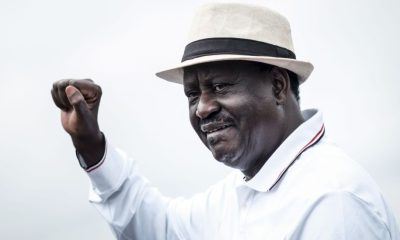Politics
Raila Speaks On Whether He Will Run For Presidency in 2027
His ability to influence electoral dynamics remains substantial, whether he chooses to run or throw his weight behind another candidate.
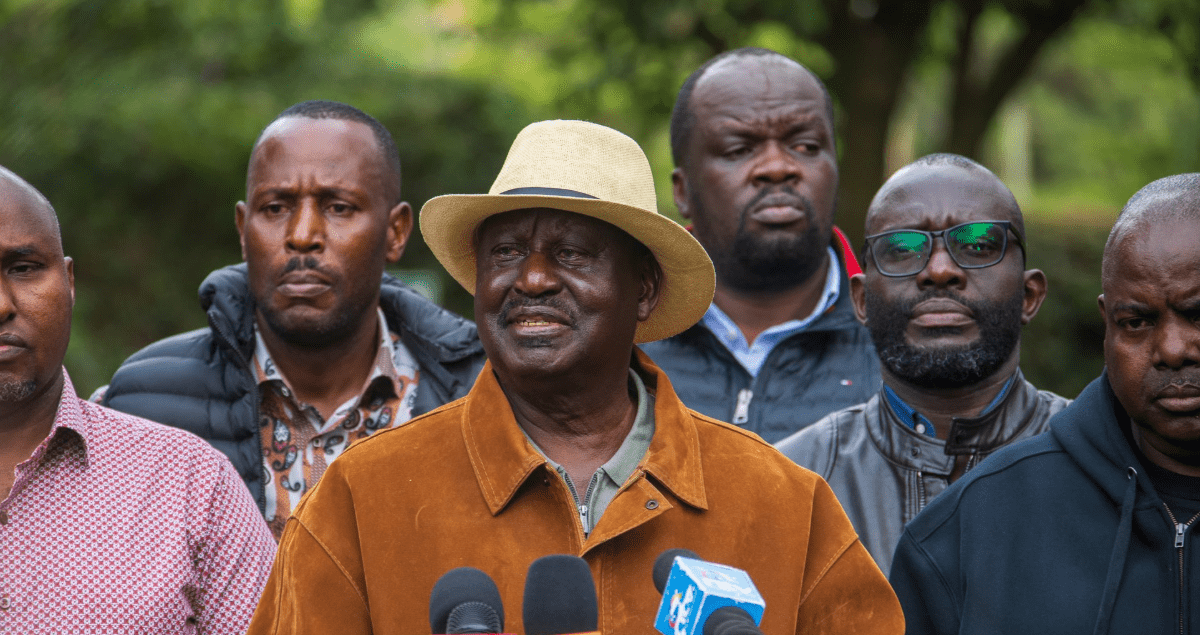
The ODM leader maintains strategic ambiguity as political realignments reshape Kenya’s electoral landscape ahead of the next general election
Orange Democratic Movement leader Raila Odinga has once again demonstrated his political acumen by keeping Kenyans guessing about his intentions for the 2027 presidential race, refusing to commit either way while positioning himself as a crucial power broker in the country’s evolving political matrix.
In a carefully calibrated interview with NTV on Sunday, the former Prime Minister delivered what has become his signature response to questions about his fifth presidential bid, stating emphatically that he has not declared his candidacy while simultaneously keeping the door wide open.
“I have not said that I am running (for presidency in 2027). We’re in 2025, and it’s too early to talk about 2027,” Odinga remarked, embodying the strategic patience that has defined his decades-long political career.
The 79-year-old political heavyweight’s comments come at a particularly intriguing moment in Kenya’s political evolution, as traditional party lines blur and new alliances emerge.
His current partnership with President William Ruto through the broad-based government arrangement has fundamentally altered the opposition landscape, creating both opportunities and uncertainties for the 2027 electoral contest.
What makes Odinga’s position particularly fascinating is his acknowledgment of multiple pathways forward.
During the interview, he articulated a flexibility that speaks to both his political maturity and tactical awareness, noting that he doesn’t have to run and could support someone else, but retaining the option to seek the presidency if circumstances warrant it.
This positioning allows him to remain relevant regardless of how the political landscape shifts over the next two years.
The timing of these remarks is significant, coming as ODM prepares for internal party elections ahead of a major National Delegates Convention scheduled for October.
Party insiders view this gathering as pivotal in determining ODM’s direction and potential alliances for the 2027 polls.
Odinga’s focus on strengthening the party infrastructure suggests a leader preparing for various scenarios, whether as a candidate, kingmaker, or coalition architect.
The broader political context adds layers of complexity to Odinga’s calculations.
Former Deputy President Rigathi Gachagua has emerged as an unlikely kingmaker, vowing to crush President Ruto’s re-election dreams following their acrimonious fallout and aggressively campaigning to pull the vote-rich Mt Kenya region away from the President.
Meanwhile, Wiper Party leader Kalonzo Musyoka has emerged as the frontrunner for the opposition’s presidential ticket, creating potential tensions within the traditional opposition coalition.
Odinga’s strategic ambiguity becomes even more intriguing when viewed against his party’s stated position.
Earlier this year, the Orange Democratic Movement leader announced that his political party will challenge President Ruto during the 2027 General Election, marking the first time he had made such a declaration despite entering into a pact with the incumbent.
This apparent contradiction reflects the fluid nature of Kenyan politics, where today’s allies can become tomorrow’s competitors.
The veteran politician’s current role in government has also sparked debates about his future political trajectory.
While acknowledging that some ODM-affiliated individuals have accepted advisory roles, Odinga has been careful to distinguish between individual participation and party involvement, maintaining that ODM itself remains outside the formal government structure.
This nuanced positioning allows him to benefit from the insider access while preserving his opposition credentials for future electoral battles.
Observers note that Odinga’s approach reflects a deliberate strategy to maintain maximum leverage as the 2027 election approaches.
His ability to influence electoral dynamics remains substantial, whether he chooses to run or throw his weight behind another candidate.
The submission of a 10-point agenda that must be addressed before any deeper cooperation with the government suggests he is using his current position to extract concrete concessions while keeping his options open.
The political implications of Odinga’s stance extend beyond his personal ambitions to the broader reconfiguration of Kenya’s party system.
His relationship with various political figures, including his friendly ties with Kalonzo Musyoka despite dismissing claims of political deals, illustrates the complex web of relationships that will ultimately determine the 2027 electoral mathematics.
As Kenya’s political parties begin their early preparations for the 2027 contest, Odinga’s strategic positioning highlights the premium placed on flexibility in an increasingly unpredictable political environment.
In a country where electioneering never stops, political party activity is already heating up despite the elections being close to four years away.
The veteran politician’s continued relevance in national discourse, even as speculation swirls around his political future, underscores his enduring influence in Kenyan politics.
Whether as a candidate, coalition partner, or kingmaker, Raila Odinga’s decisions in the coming months will significantly shape the competitive dynamics of the 2027 presidential race.
For now, Kenyans will have to wait for further clarity as the political chess master continues to play his cards close to his chest, maintaining the suspense that has characterized his remarkable political journey spanning over four decades.
Kenya Insights allows guest blogging, if you want to be published on Kenya’s most authoritative and accurate blog, have an expose, news TIPS, story angles, human interest stories, drop us an email on [email protected] or via Telegram
-
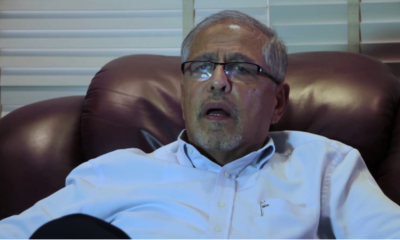
 News5 days ago
News5 days agoTemporary Reprieve As Mohamed Jaffer Wins Mombasa Land Compensation Despite Losing LPG Monopoly and Bitter Fallout With Johos
-
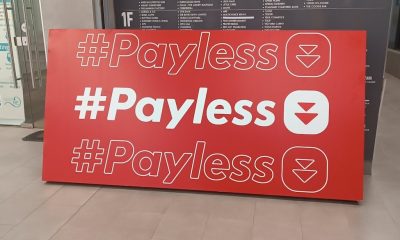
 Business2 weeks ago
Business2 weeks agoPanic As Payless Africa Freezes With Billions of Customers Cash After Costly Jambopay Blunder
-
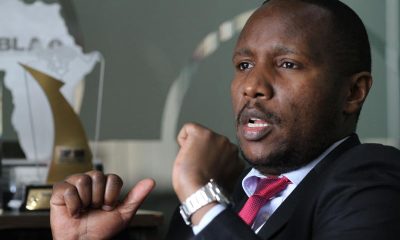
 Investigations5 days ago
Investigations5 days agoFrom Daily Bribes to Billions Frozen: The Jambopay Empire Crumbles as CEO Danson Muchemi’s Scandal-Plagued Past Catches Up
-

 Sports4 days ago
Sports4 days ago1Win Games 2025: Ultimate Overview of Popular Casino, Sports & Live Games
-
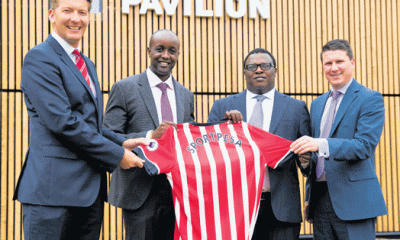
 Investigations1 week ago
Investigations1 week agoHow SportPesa Outfoxed Paul Ndung’u Of His Stakes With A Wrong Address Letter
-
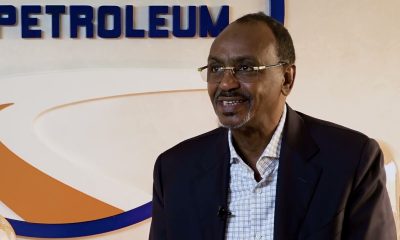
 Business5 days ago
Business5 days agoHass Petroleum Empire Faces Collapse as Court Greenlights KSh 1.2 Billion Property Auction
-

 News5 days ago
News5 days agoShanta Gold’s Sh680 Billion Gold Discovery in Kakamega Becomes A Nightmare For Community With Deaths, Investors Scare
-
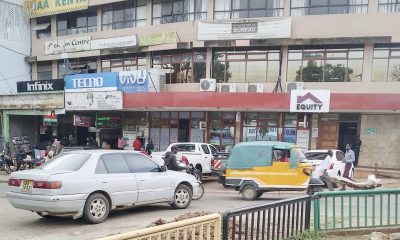
 Investigations1 week ago
Investigations1 week agoInside the Deadly CBD Chase That Left Two Suspects Down After Targeting Equity Bank Customer Amid Insider Leak Fears

